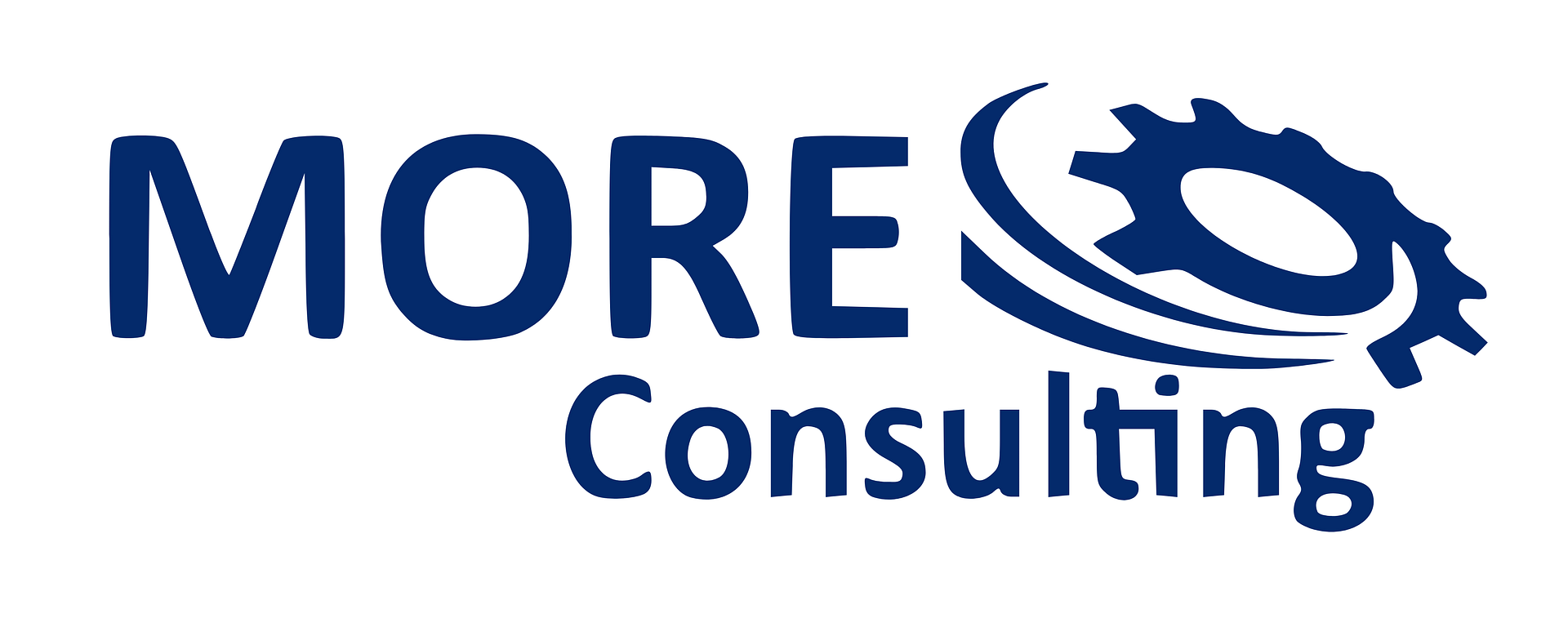MORE
Change with acceptance
The human being in focus
Change inevitably means instability and strong emotions – anything else is an illusion. Effective change management meets these challenges with the genuine involvement of all those involved. The result: measurably more commitment, faster implementation and competitive advantages that last.

Change with acceptance
The human being in focus
Change inevitably means instability and strong emotions – anything else is an illusion. Effective change management meets these challenges with the genuine involvement of all those involved. The result: measurably more commitment, faster implementation and competitive advantages that last.
We understand your
challenge!
If you really want sustainable and successful change in your company, you have to realize that you first have to go through the valley of tears.

You have to go through these phases if you want to implement sustainable changes in your company.
Moving from the status quo to a stable, improved situation in the company means that you first have to invest time and money. There will be no improvement without the pain of instability. Only afterwards will a stable process re-establish itself. Don’t let anyone tell you how great all the other change processes went in all the other companies … it’s never true!
Focus on people – The People Business
Real change requires a willingness to question the familiar and break new ground. But change almost always triggers uncertainty, skepticism and fear among employees – arguments alone will not convince anyone who fears for their job. If you ignore fears, you risk active resistance and end up paying for it with a loss of productivity. They will do everything
to show that it doesn’t work.
That’s why I create an atmosphere in which people speak openly and listen honestly – even when criticism is uncomfortable. Employees are the experts on the ground. Only when management relinquishes responsibility and encourages initiative can the trust that supports change be created.
Improvements become measurable: committed teams, faster implementation, fewer errors, greater delivery reliability and, ultimately, a decisive competitive edge.
Change management in practice
There are many situations in which it is not possible without fundamental change. I support you at every step of the change and implementation process.
Reorganization
If you want to achieve sustainable change, you need to question existing silos, restructure responsibilities and make targeted adjustments to locations or plants. Successful change management means leaving the comfort zone, communicating openly and transparently and actively involving all employees. In this way, efficiency (OEE), delivery reliability (OTD), inventory reduction and shorter lead times can be measurably improved – for a sustainable organization.
Digitization
Digital transformation means much more than technology – it requires an open culture and genuine collaboration, which many avoid for fear of losing control.
A lack of communication and insufficient involvement of employees in the improvement process are often the biggest obstacles. Only those who actively involve people can make sustainable use of the opportunities offered by digitalization – and I can help you do just that.
Personnel decisions
Staff reductions can also be part of change management. Care must be taken to really integrate all affected employees and stakeholders in the right way.
Clear and concise communication is especially important, because this change process is one of the most painful and resistance is certain. We know the legal framework and the economic and professional background in the process of a staff reduction.
Riding dead horses
You know the often quoted and rarely heeded wisdom of the Dakota Indians that says, “If you discover you are riding a dead horse, get off”?
Sounds simple, doesn’t it? But instead of getting off a dead horse, we have developed many methods and strategies in our professional lives – some to the point of perfection – to avoid the inevitable consequences after all.
We …
- get us a stronger whip.
- assure, “that’s how we’ve always ridden horses here at our place.”
- form a working group to analyze the dead horse.
- visit other place to see how to ride dead horses there.
- Raise the quality standards for dead horse training.
- form a task force to revive the horse.
- buy in people from outside who can supposedly ride dead horses.
- insert a training session to be able to ride better.
- change the criteria that say a horse is dead.
- harness several dead horses together to speed us up.
- Explain, “No horse can be so dead that we can’t ride it.”
- are doing a study to see if there are better or cheaper horses.
- explain that our horse is better, faster and cheaper dead than other horses.
- form a quality circle to find a use of dead horses.
- Establish an independent cost center for dead horses.
- increase the area of responsibility for dead horses.
- develop a motivation program for dead horses.
- create a presentation in which we show what the horse could do if it were still alive.
- restructure so that another area gets the dead horse.
- send someone the dead horse as a gift. Gifts must be accepted and may not be returned.
- Change the requirement from “ride” to “move” and issue a new development order.
- bring the dead horse to the stock exchange under an attractive name.
- note that others also ride dead horses and declare this to be the normal state of affairs.
- have the dead horse certified as soon as possible.
- sources the horse.
- Bet the cattle only simulates!
Do you also know examples of dead horses in your company? Then write to us! We will be happy to add them to our list!
